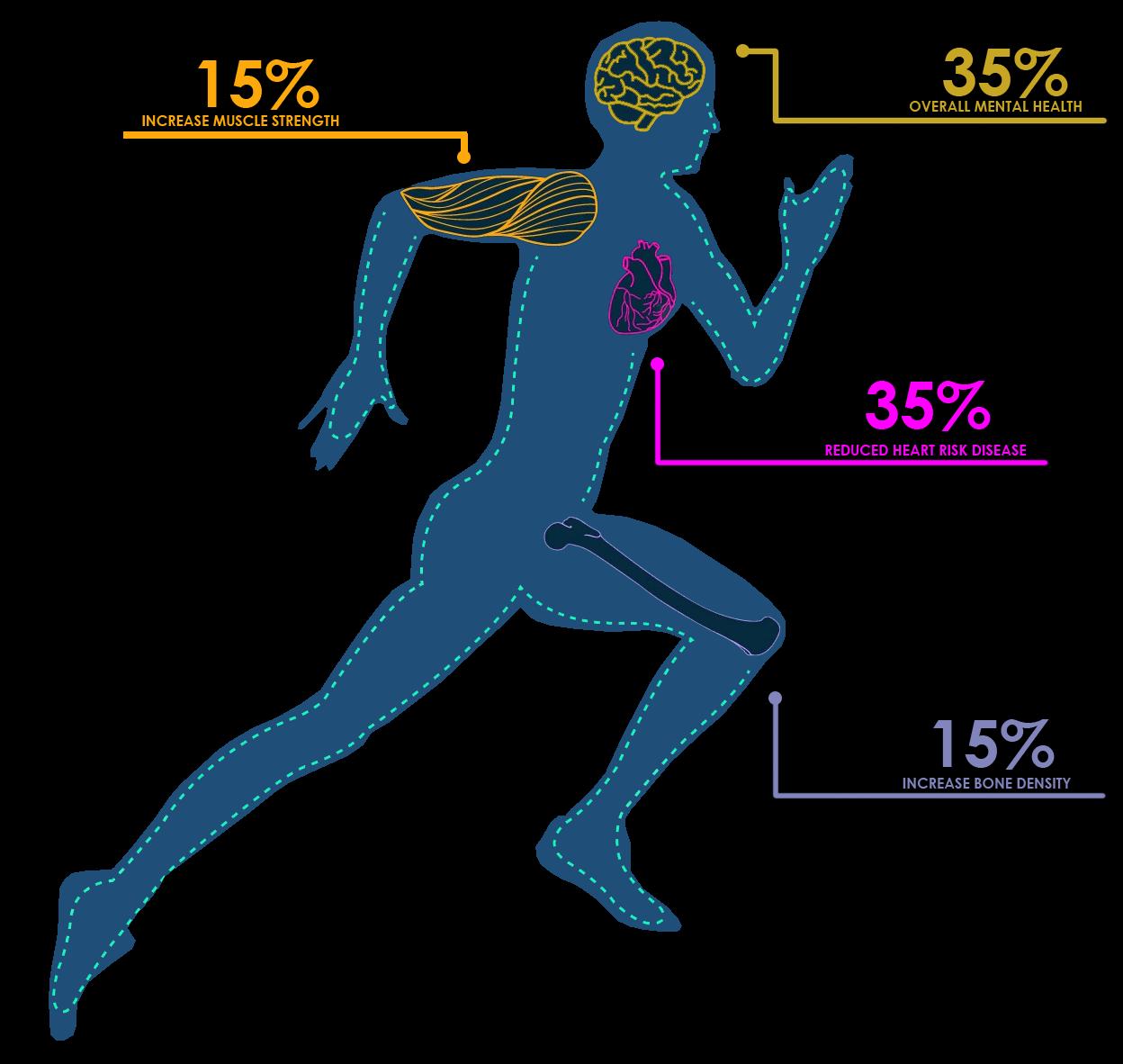
3 minute read
c) Importance of Sports
from Sports Coliseum.
Archery was one of the subjects that Boddhisatva learned at Takshila, as stated in the Bhimsena Jataka. The stories of the Jataka include accounts of matches of this kind, which were highly popular and required participants to hold their breath. There are also two distinct kinds of activities that are mentioned: water sports, which are known as Salila Krida, and garden games, which are known as Udyana Krida. Archery, military training, wrestling, and mountain climbing were just some of the activities that were taught at Takshila. Swimming, various breathing exercises, and yoga postures were all essential components of the Nalanda education system.
c) Importance of Sports
Advertisement
The participation of children in athletics and other forms of physical activity may be of considerable value to them. Participating in organised sports provides young people with the chance to improve their social and physical skills at the same time. It is important to make sure that the child's participation in sports is well-balanced, taking into account their age, talents, and interests. Kids may take a break from the monotony of their daily life by participating in sports. In addition to this, it gives children the opportunity to engage in a healthy kind of leisure and physical activity.
Children and teenagers develop their decision-making skills and ability to solve difficulties via participation in sports. They encourage the sense of camaraderie, unity, and fair play while fostering collaboration, self-control, trust, respect for others, leadership, and coping mechanisms. Sports help kids confront obstacles and prepare them to take on leadership positions in their communities, which is crucial if we want to see kids grow up to be responsible, self-assured adults. Sports may be an effective vehicle for advancing equality for all people. Children with impairments who participate in sports develop self-confidence that they may later use in other facets of their lives. Children's skills take centre stage when the aim is to make a goal or shoot a basket, not their impairments. Sports may be used to teach communities how to prevent disabilities and to emphasise the value of immunisation, adequate diet, and good cleanliness when utilised in conjunction with health information.
Fig.5 Mindmap (Source: Author)

Fig.6 Physical Activity Map (Source: Author)
Sports + Education-
Schools are excellent candidates for the role of venues in charge of the provision of chances to participate in sports because of the vast populations of children and adolescents that they attract. Participation in sports is beneficial to a child's whole development, not only their intellectual potential, and this, in turn, makes the learning process more productive in the classroom.
Participation in sports may help students enhance their academic performance and learning, as well as their enrollment and attendance rates in school. Students learn the importance of living a healthy lifestyle and the skills necessary to stay healthy via the lessons they receive
in physical education classes. In addition to this, it teaches children knowledge and skills that, when they return home, they may share with their parents, grandparents, and other members of their family.
In addition to this, participation in athletics has the ability to encourage interest in academics from the community as well as the family.
Parents have the chance to have an active role in their children's education by volunteering their time as coaches, taking part in extracurricular activities such as sports and events that take place after school, and participating in other types of athletic endeavours.
Fig.7 Communicating Through Sports (Source: Sports Rec) Means of Communicating with the Masses-The dissemination of important ideas might be greatly facilitated during sporting events. People have the potential to be motivated and their spirits might be lifted when they watch sports. It focuses on the potential, ambitions, and accomplishments of individuals. Because of the media and the internet, many more people than ever before are able to see, read about, and listen to events. Using corporate social responsibility, forming partnerships with sponsors of athletic events, and holding fundraising events for child and adolescent programming are some other ways to both advance the cause of children's rights and generate financial support. Public service announcements, in-stadium movies and banners, halftime performances, publications, and event websites might make use of the power of sport to assist children, particularly the most disadvantaged ones, in making meaningful progress.








